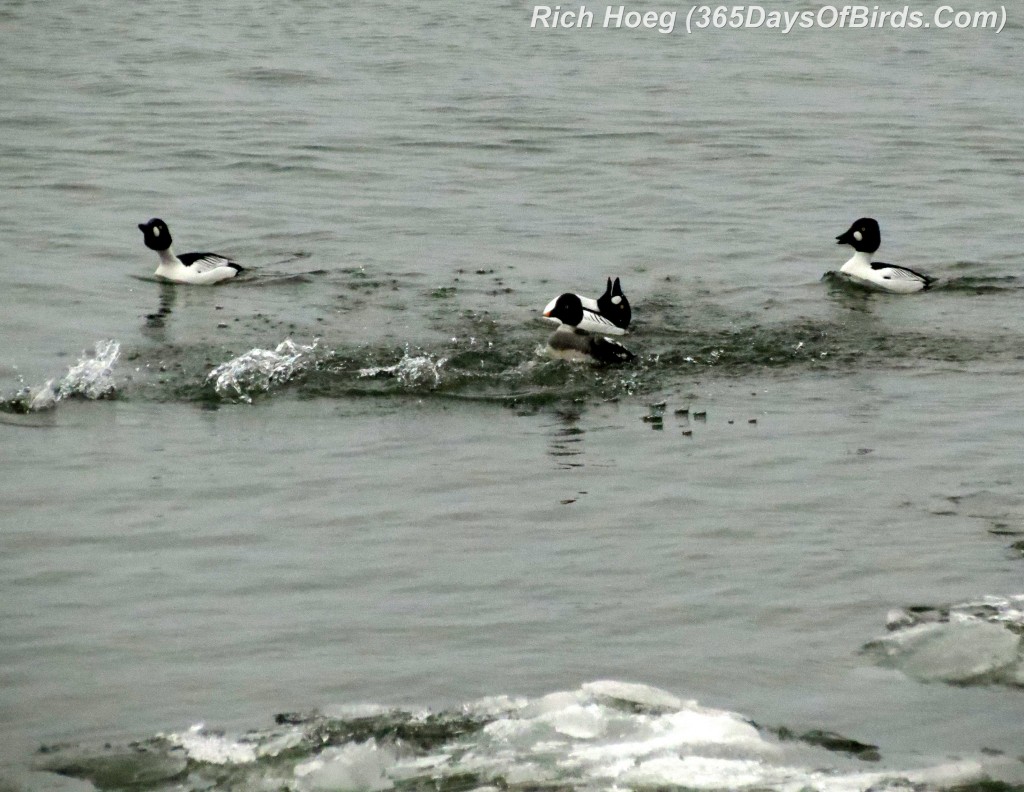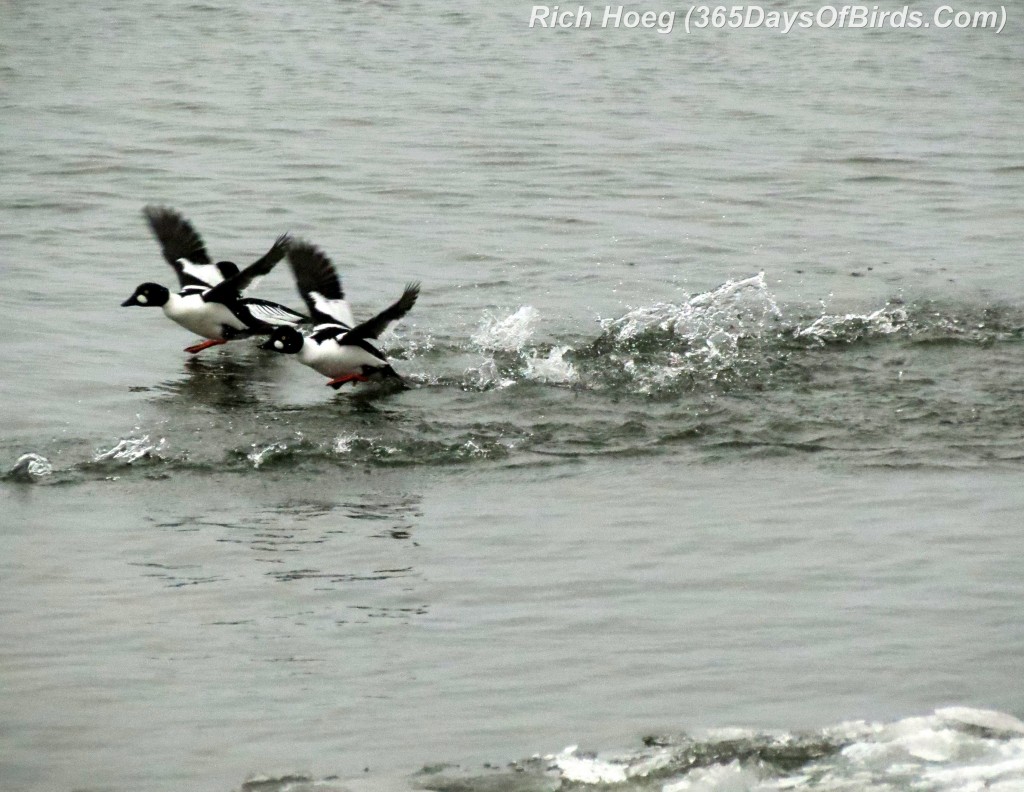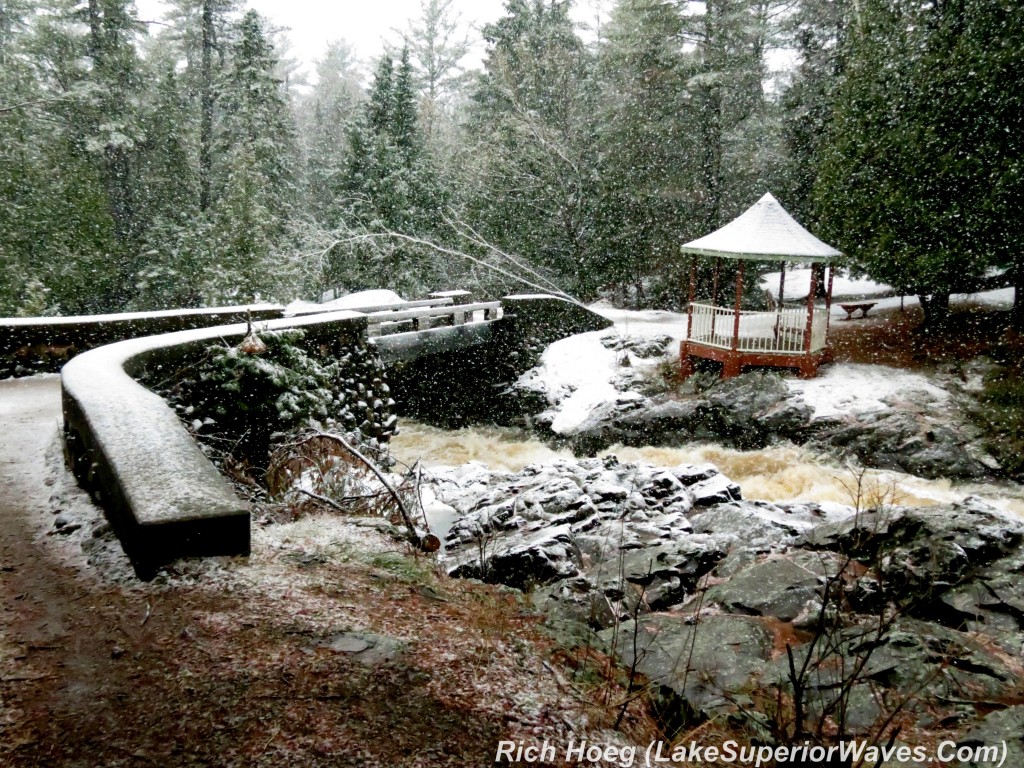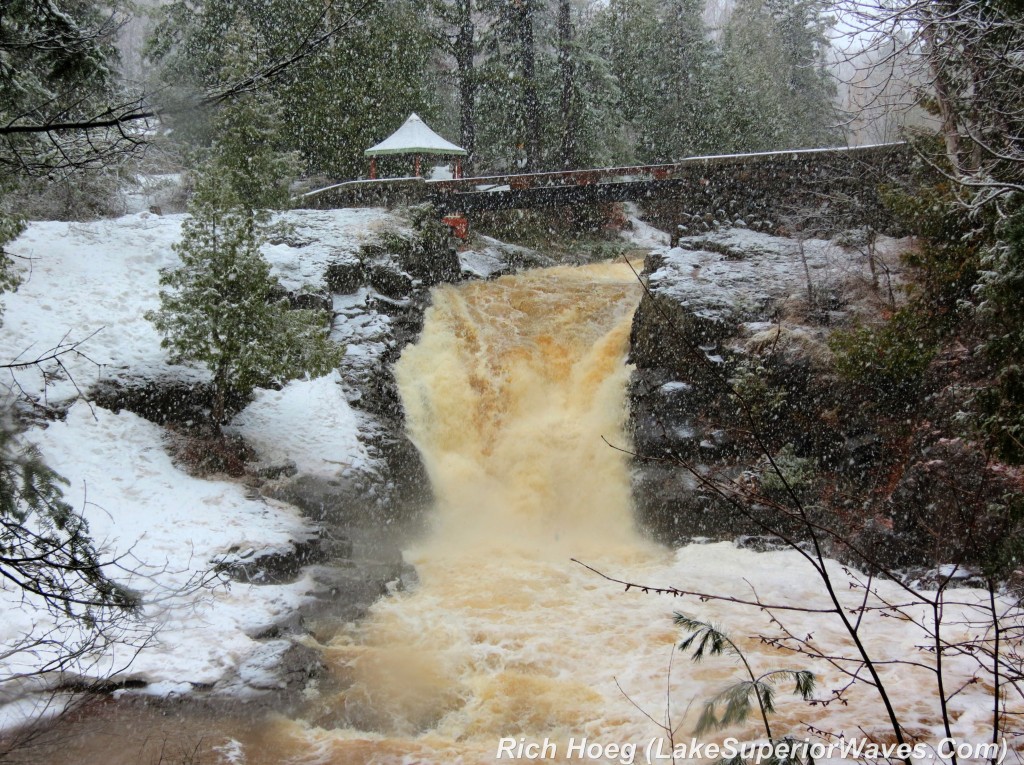Today dawned ugly. In short, the best course of action would be to snuggle up in front on the fireplace. Here in northern Minnesota, we are experiencing a late season snowstorm with upwards of six inches of snow predicted. When you add the snow to the wind, and the remaining snow and ice, why would one want to venture outside in this Lake Superior region?!
Answer: To improve one’s photography skills!
Please understand that birds have this nasty habit of never remaining still, even when you believe they are at rest. While some folks find that aperture priority is the recommended starting point for bird photography, I disagree. Birds are high energy athletes constantly on the move. Thus, I start with the premise that one needs a shutter speed of 1/1000th of a second for fast birds, and 1/640th of a second for slower (big) birds. It is worth getting to know your custom settings. For today’s photographs I was using total manual settings. This meant I was scaling my ISO up to my camera’s top setting (3200) and often using a expsoure setting of 1/1000th of a setting. I then forced the aperture to F4.0 and a white balance of “cloudy”. Did I mention it was dark out, and often snowing hard?! Thus, I needed to increase the sensitivity of my sensor by increasing the ISO speed. After all, regardless of the bad weather, the birds did not sit still!
These two photos of the Goldeneyes were taken at the exact moment they saw me, and were not impressed with the sight!
- View this project’s Flickr photo stream. (click upon image to view at full size)
The other two photographs are of the waterfall across the street from my home. The State of Minnesota was actually out measuring the water flow of Amity Creek in the middle of the snowstorm. You are looking at 432 cubic feet per second! Last week before the spring meltdown really got under way the flowage rate was 160 cubic feet per second.
Sound the Alarm! Goldeneyes Take Flight


———-
Amity Creek – The Deeps (above and below)


Discover more from 365 Days of Birds
Subscribe to get the latest posts sent to your email.
I have heard of the Deeps, but how do I get there.